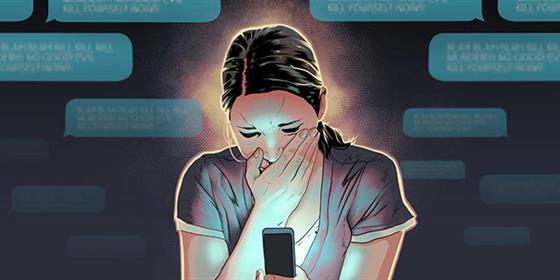Digital safety: Protecting against online harassment

Journalists are frequently at risk of being targeted online for their work. Media workers who cover issues such as the alt-right, politics and contentious elections, as well as movements linked to race or gender are at higher risk of being attacked online.
To minimize the risk:
Review your online profile for images and information that could be manipulated and used as a way to discredit you. Journalists should take steps to remove any information that they feel could be used against them.
Check to see if your address or other personal data, such as your date of birth or telephone number, is available online. You should take steps to remove that information yourself or request that it be removed where possible.
Monitor your social media accounts for increased levels of harassment or abusive commentary.
Protect your accounts by creating long, individual passwords for each account. Turn on 2-factor authentication for social media accounts and email.
Lock down the privacy settings on all your social media accounts. Social media accounts can also reveal your location. Journalists should disable location tracking if they feel it puts them at risk.
Request that social media companies verify your accounts.
Be aware that certain stories may increase the risk of trolling and smear campaigns. Be especially vigilant during and after publication. When conducting a risk assessment, journalists should consider the risk of online harassment and take steps to protect against it.
During an online attack:
Try not to engage with those who are harassing you online, as this can make the situation worse.
Be vigilant for any hacking attempts on your accounts and ensure that you have locked down your privacy settings, set up 2-factor authentication, and set long, individual passwords for each account.
Try to ascertain who is behind the attack and their motives. Common adversaries can include, governments, members of the alt right, members and supporters of political parties, and/or critics of movements related to race or gender.
Review your social media accounts for comments that may indicate that an online threat may escalate into a physical attack. This could include people posting your address online and calling on others to attack you and/or increased harassment from a particular individual.
Document any abuse that you feel is threatening. Take screenshots of the comments, including the social media handle of the person who is smearing you. This information may be useful if there is a police inquiry.
Inform your family, employees, and friends that you are being harassed online. Adversaries will often contact family members, and your workplace and send them information or images in an attempt to damage your reputation.
You may want to block or mute those who are harassing you online. You should also report any abusive content to social media companies or email providers and keep a record of your contact with these companies.
You may want to consider coming offline for a period of time until the harassment has died down.
CPJ
AM:11:57:04/09/2019
viewer 220